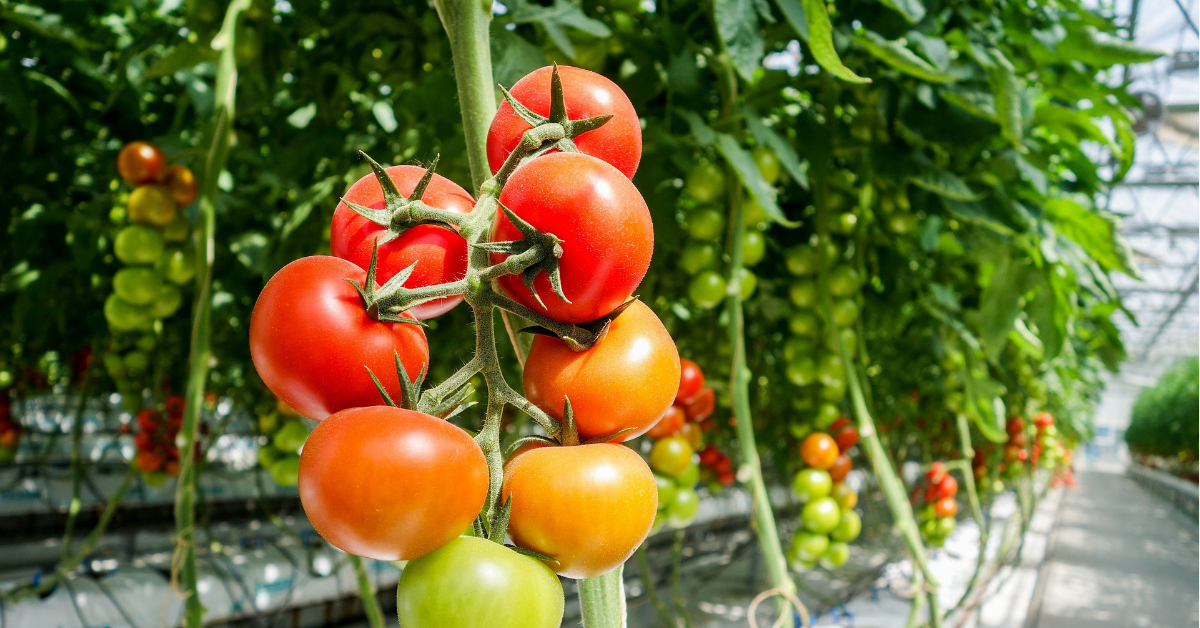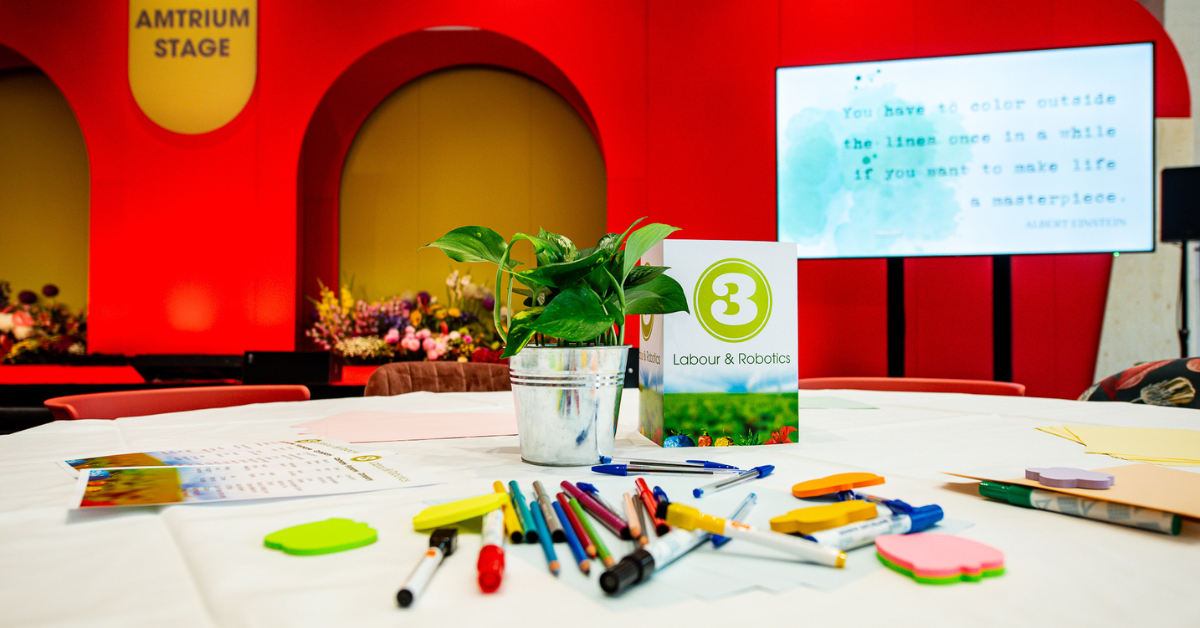Let there be light: the right dose of sunshine yields happy food and healthy flowers
Happy growers, happy consumers
Our global horticulture industry can produce happy food and healthy ornamental plants more economically and sustainably by getting to know the physiology of its crops.
This was the take-home message given to visitors of GreenTech Amsterdam’s Crop Theatre on Tuesday, June 14, 2022, during a presentation aptly named “How to produce happy plants and healthy flowers. ”The guest speakers included Marco van Herk, commercial director of breeder and propagator Anthura, Kees Weerheim – a researcher in crop physiology at Wageningen University and Research Greenhouse Horticulture Business Unit, and independent consultant Eva Dahlqvist.
The experts explained that there is often a lack of available data on plants’ physiology – such as their light use efficiency, or how they photosynthesise and respire. However, if plant producers get to know these traits, they will be “happy growers” who will be able to reduce their growing costs and move closer to achieving carbon neutrality.
Meanwhile, consumers will also be happy as they enjoy their high-quality ornamental plants, herbs, vegetables, and fruits.
Back to the wild
Van Herk and Weerheim informed the audience that, when seeking to learn more about a crop’s physiology, a good starting point is to consider the plants’ natural habitat.
“There are so many things you can think about to optimise [your growing regime] when you look into the background of the plants,” asserted Van Herk.He revealed that Anthura has successfully enhanced its greenhouse’ climate strategy for the 100 million orchids and Anthuriums it produces in its greenhouses each year by understanding that they are “shadow plants” – epiphytes (air plants) that, in their natural habitat, grow above ground under the canopy of a tropical rainforest.
The orchids and Anthurium plants are therefore acclimatised to fluctuating hot, humid conditions. This means they are less susceptible to fungal diseases than some other horticulture crops, such as roses or tomatoes – which could quickly succumb to such diseases if humidity levels rapidly increase. It also means that the epiphytes’ have thick leaves and roots that are designed to store water and energy when required.
Van Herk reiterated: “If you really know and understand where the plant has come from, you can achieve much more. ”Comparing plants to little powerpacks, he predicted that this kind of knowledge could lead to producers confidently adjusting their growing regimes to save energy – such as switching off the lighting on days when energy prices are expensive.
“On certain days, you'll be able to, like a battery, charge the plant with water and energy from sunlight. And then another day discharge the plant a little bit – not giving it all the optimum conditions because the weather outside isn't that optimum, but the plant can withstand it,” said Van Herk.
This type of energy-efficient cultivation is known as Next Generation Growing (NGG); namely, adjusting greenhouse conditions to both enhance plant growth and reduce energy consumption.
Light is energy
Weerheim explained that, with NGG in mind, a Wageningen University research project carried out on Alocasia, Calathea and Schefflera plants sought to gain a better understanding of how these tropical species function. “Because these plants were not long ago taken from the rainforest, we don't know a lot about them,” he said.
The experiment investigated the effects that an increase in light, and a reduction in temperature (heating), during winter would have on the crops. One of its key findings was that, for some plant species (including low-light plants), light can, in fact, be used more efficiently during the winter months to help them grow. Helpfully, light transmission can be increased with the clever use of screen covers.
“It is very important that you focus on that because light is energy – it will cost you,” Weerheim advised, adding: “We see that, depending on the type of isolation screens you use, you can save more than 25% of the energy [used by the commercial greenhouse], which is a huge step – especially now with the very high energy prices.”
The next step
Eva Dahlqvist added that when growers closely monitor and measure energy use – in addition to measuring the carbon footprint of the other elements of their plant production – it helps the whole horticulture supply chain build up a clearer picture of its environmental impact.
“A happy plant and a sustainable product is going to be about footprinting,” she confirmed. “I'm sure it [footprinting] will therefore be the next big step,” she said – advising horticulture businesses to start looking into environmental footprinting if they haven’t yet done so.
Share your horticulture technology stories with us
Do you have an innovation, research results or an other interesting topic you would like to share with the international horticulture technology industry? The GreenTech website and social media channels are a great platform to showcase your stories!
Please contact our Brand Marketing Manager Murkje Koopmans.
Are you an GreenTech exhibitor?
Make sure you add your latest press releases to your Company Profile in the Exhibitor Portal for free exposure.
Have exclusive horticulture technology news delivered to your inbox
The GreenTech monthly newsletter brings you the latest exclusive horticulture technology news and updates about our global horticulture technology trade shows and events.
Join over 32,000 of your peers and receive:
☑ Exclusive commentary from industry leaders
☑ The latest news from the GreenTech team
☑ Stay up to date with all the latest news about our events






